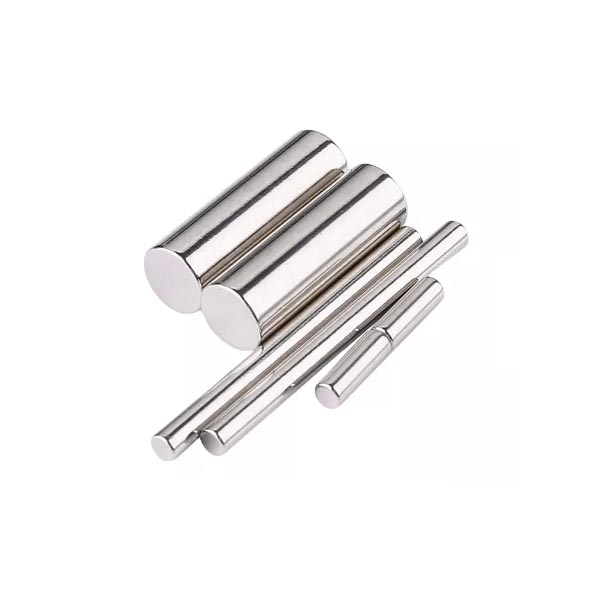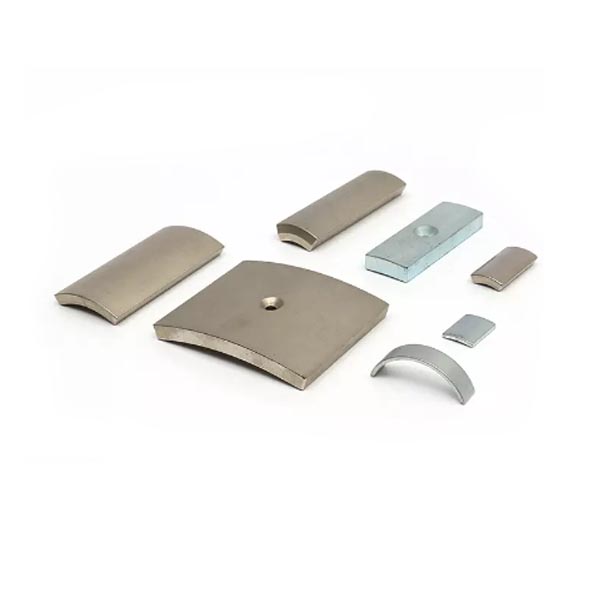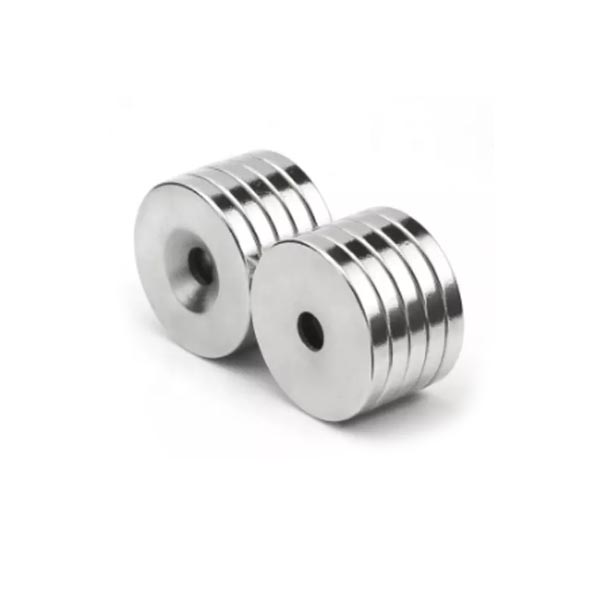Neodymium magnets are among the strongest permanent magnets available today, prized for their incredible strength and versatility in various applications. One common source of these powerful magnets is old hard drives. Inside every hard drive, there are powerful neodymium magnets that can be salvaged and repurposed for DIY projects, experiments, or simply as handy tools in your workshop. In this guide, we'll walk you through the process of extracting neodymium magnets from hard drives.
Materials Needed:
1.Old hard drives (preferably those that are no longer in use)
2.Screwdriver set (including Torx and Phillips heads)
3.Pliers
4.Gloves (optional, but recommended)
5.Safety goggles (recommended)
6.Container for storing extracted magnets
Step 1: Gather Your Hard Drives
Start by collecting old hard drives. You can often find these in discarded electronics, old computers, or you may have some lying around from previous upgrades. The larger the hard drive, the more magnets it's likely to contain, but even smaller drives can yield valuable neodymium magnets.
Step 2: Disassemble the Hard Drive
Using a suitable screwdriver set, carefully remove the screws from the hard drive casing. Most hard drives use Torx screws, so make sure you have the appropriate bit. Once the screws are removed, gently pry open the casing using the screwdriver or a flat tool. Be cautious not to damage any internal components, as some parts may still be useful or contain sensitive data.
Step 3: Locate the Magnets
Inside the hard drive, you'll find one or more powerful magnets attached to the actuator arm or the housing. These magnets are typically made of neodymium and are used to move the read/write heads across the surface of the disk platters. They are often square or rectangular in shape and can vary in size depending on the hard drive model.
Step 4: Remove the Magnets
Using pliers, carefully detach the magnets from their mounting points. Neodymium magnets are very strong, so be cautious and avoid trapping your fingers between magnets or allowing them to snap together, as this can cause injury. If the magnets are glued in place, you may need to apply some force to pry them off. Take your time and work methodically to avoid damaging the magnets.
Step 5: Clean and Store the Magnets
Once you've removed the magnets, wipe them clean with a soft cloth to remove any dust or debris. Neodymium magnets are prone to corrosion, so store them in a dry, secure container to prevent damage. You can use small plastic bags or magnetic storage trays to keep them organized and easy to access for future projects.
Safety Precautions:
Wear gloves and safety goggles to protect your hands and eyes from sharp edges and flying debris.
Handle neodymium magnets with care to avoid pinching or crushing injuries.
Keep magnets away from electronic devices, credit cards, and pacemakers, as they can interfere with their operation.
Store magnets in a safe location away from children and pets, as they can be a choking hazard if swallowed.
In conclusion, extracting neodymium magnets from old hard drives is a simple and rewarding DIY project that can provide you with a valuable source of powerful magnets for various applications. By following these steps and taking appropriate safety precautions, you can safely harvest magnets from old electronics and unleash their magnetic potential in your own projects and experiments.
Your Custom Neodymium Magnets Project
We can offer the OEM/ODM services of our products. The product can be customized according to your personalized requirements, including the size, Shape, performance, and coating. please offer your design documents or tell us your ideas and our R&D team will do the rest.
Post time: Mar-21-2024







